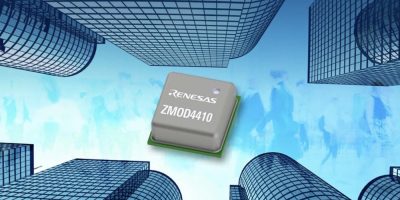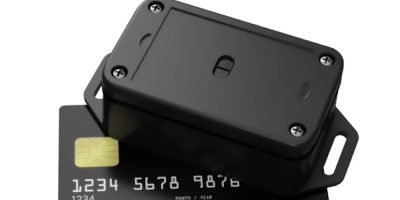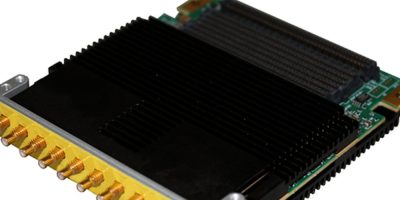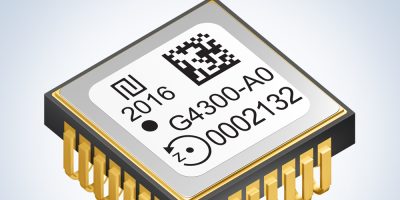Renesas Electronics today announced new firmware for its industry-leading ZMOD digital air quality sensors. The latest firmware lets engineers configure the sensors to support various green air quality standards for Commercial & Public buildings, making them the first sensors in the industry to conform to the requirements of multiple global air quality standards. As commercial HVAC systems move towards autonomous monitoring of our air quality, these systems can now monitor and detect harmful gasses in indoor spaces. Support for environmental standards increases the value of end products and reduces the effort needed to qualify manufacturers for government incentives.
Renesas offers support for the Commercial & Public standards, as well as other environmental standards, through its ZMOD digital gas sensors. Both the ZMOD4410 indoor air quality sensor and the ZMOD4510 outdoor air quality sensor offer compliance with the standards. The ZMOD sensors offer customers the ability to configure the sensors through firmware with cloud-based connections. This enables both new and existing ZMOD customers to implement support for the building standards around the globe. A wide range of products can take advantage of this support, including HVAC systems, thermostats, smart appliances and smoke detectors.
“We are excited to see Renesas designing and producing sensors that align with green and healthy building standards,” said Stanton Wong, President, RESET International Standard, an organisation promoting data collection and continuous monitoring for buildings via standardisation. “As awareness of the health impact of environmental factors continues to grow, monitoring the performance of a building via sensors is the best way to understand and optimise for health in indoor spaces. We look forward to the technological innovations Renesas will bring to the industry.”
“Environmental sensors are a vital tool for ensuring the health and safety of occupants in public and commercial buildings,” said DK Singh, Sr. Director of the Sensor Solutions Business at Renesas. “By using our AI-enabled hardware and firmware platform, customers can easily implement advanced sensors that comply with various building air quality standards to provide a safer and healthier environment for people around the world.”
Key Features of the ZMOD Digital Gas Sensors
- Support for multiple standards for both indoor and outdoor air quality
- Firmware configurable for unique flexibility with cloud connectivity
- Artificial intelligence enables training of sensors
- JEDEC JESD47 qualification ensures 10-year product life
- Compensation engines support low-level part per billion (PPB) standard requirements
- Senses TVOC (Total Volatile Organic Compounds), Ozone and Nitrogen Dioxide
Winning Combinations
Renesas has combined the sensors with other compatible devices from its portfolio, including MCUs, power devices, and wireless connectivity solutions to create multiple Winning Combinations, including the Gas Sensor with Cloud Connection for Industrial Applications. Winning Combinations are technically vetted system architectures from mutually compatible devices that work together seamlessly to bring an optimised, low-risk design for faster time to market. Renesas offers more than 300 Winning Combinations with a wide range of products from the Renesas portfolio to enable customers to speed up the design process and bring their products to market more quickly. All Renesas sensors are part of Renesas’ Quick-Connect development environments to ensure rapid prototyping with minimal coding.
Availability
Both the ZMOD4410 and ZMOD4510 sensors are available today, along with Commercial & Public firmware. The ZMOD4410-EVK and ZMOD4510-EVK evaluation kits are also available.
About Renesas Electronics Corporation
Renesas Electronics Corporation (TSE: 6723) empowers a safer, smarter and more sustainable future where technology helps make our lives easier. A leading global provider of microcontrollers, Renesas combines our expertise in embedded processing, analog, power and connectivity to deliver complete semiconductor solutions. These Winning Combinations accelerate time to market for automotive, industrial, infrastructure and IoT applications, enabling billions of connected, intelligent devices that enhance the way people work and live. Learn more at renesas.com. Follow us on LinkedIn, Facebook, Twitter, YouTube and Instagram.







